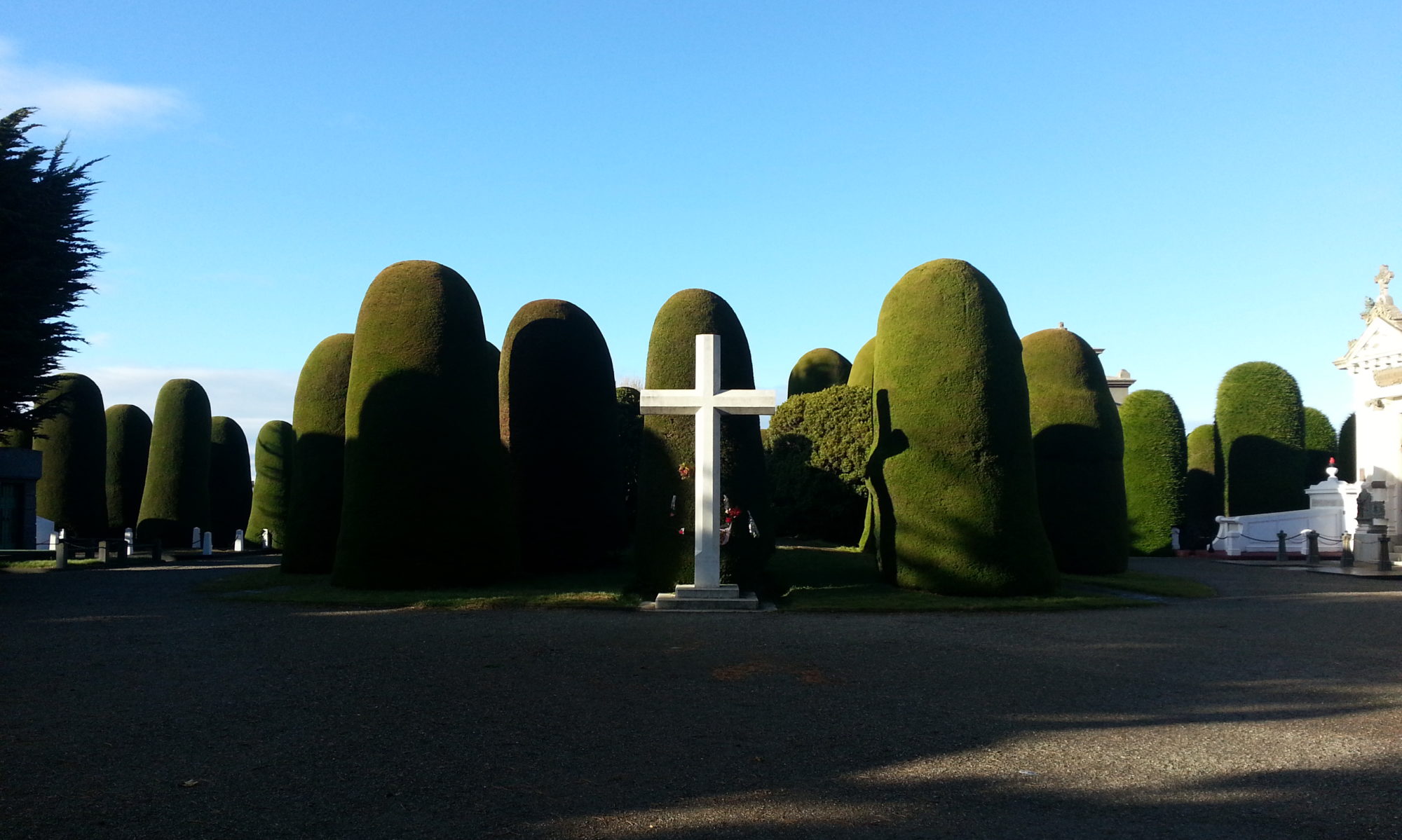
Criaturas Marinas Chilenas
One of the reasons I love scuba diving is the chance to see a myriad of sea creatures that are entirely unlike their land based cousins. Unfortunately, I was unable to make it underneath the water while on exchange in Chile but I was able to see several underwater species that came up for a visit.
South American Sea Lion (Lobo Marino Chusco)

I have dove with Steller sea lions around Vancouver Island without any qualms but I would be a little hesitant to get in the water with these fellows. Although, if you’re diving and all of a sudden all the little fishies disappear, I would take that as a sign of a large predator in the area. When you look up and see an animal roughly the size of a cow casually swim by and you notice you’re all alone, maybe you should be thankful they don’t see you as food.

While I was in Talcahuano, the town still bore the scars of a tsunami from three years previous. From the Naval Base, I would walk about a mile through a ‘no man’s land’, past a long row of fish restaurants and into town. I was warned that gangs would beat up navy personnel along that route but the scariest beasts I came across were the Lobos (Wolves of the Sea) by the restaurants. They would sun on the sidewalk and hop into the dumpsters to chow down on the scraps. Considering the size of their teeth, I wouldn’t want to be drunk and stumbling back to barracks and trip over one of them late at night! Along with that hangout, dozens of the beasts lived under the jetty our ship was alongside. I didn’t envy the ship’s divers when they had to inspect the hull with those critters with them in the murky water.

The Sea Lions were similar in size and build to the Stellers I was familiar with but the males had an extra swath of fur down the back of their necks.

Critters from the Marker Buoys

While I worked as a commercial diver on BC fish farms, it struck me as odd when people would go on about what ‘death’ zones they were supposed to be. Sure underneath the farms where there wasn’t much of a current was a miasma of old feed and fish feces but the bottom of the sea is mostly just muck like that everywhere. It is up near the surface where sunlight can get to living organisms is where you’ll find the most life. Basically, just stick something slightly into the water like a boat, a floating shed, floats, marker buoys, etc. and in a short time, they’ll be completely covered with sea life. Then someone like me has to dive in and physically scrap everything off or a tender ship has to pull up the buoy and service them. That was George Slight’s purpose as we sailed the pasos of Chile. Since I was bored and like the various denizens of the sea, I tried to document what came up on deck.
Caracols (Snails)

We were in the Strait of Magellan and made a quick trip ashore to Patagonia when I came across this example of Odontocymbiola magellanica. The snail was still alive inside and I did give it a taste back onboard. It didn’t kill me but it wasn’t particularly tasty either. The shell I brought back was about 4″ long.
I am not sure what type of snails came up on the marker buoy in the picture below but I found their striations interesting. Some of them had the usual looking barnacles (picorocos) attached to their shells.

Starfish (Asteroideos y Estrellas de Mar)
The varieties of purple starfish were familiar to me. I think the smaller one is a Estrella Chica (Girl Star)

Black Sea Urchin (Erizos)

These urchins were dead or dying as their spines were falling off. The crew told me their name for them was Helice. Chilean seafood shops frequently had urchins for sale.

Mussel (Choro)
The mussel is prevalent and abundant throughout the waters of BC and as it turns out in Chile. This was what a Chilean mussel looked like.

Crab (Cangrejo)
Not sure what type of crab this little fellow was but he was feisty as they all are.

It was too bad I didn’t have a chance to scuba dive in some of the locations we sailed through. There is plenty of untamed, unexplored wilderness and seascape in the southern portions of Chile to keep an adventurer happy for decades.
I will finish this latest installment of Chilean Critters with this little tidbit. Although I didn’t see one, the Chilean slang for a boy who is all ‘handsy’ with his girl is parecer pulpo or to seem like an octopus. I must have a little octopus in me because my girlfriend accuses me of being one all the time!
Blair is a personification of a ‘Jack of All Trades and Master of None’. He has held several careers and has all the T-shirts. Time to add the title Blogger to the list.






























